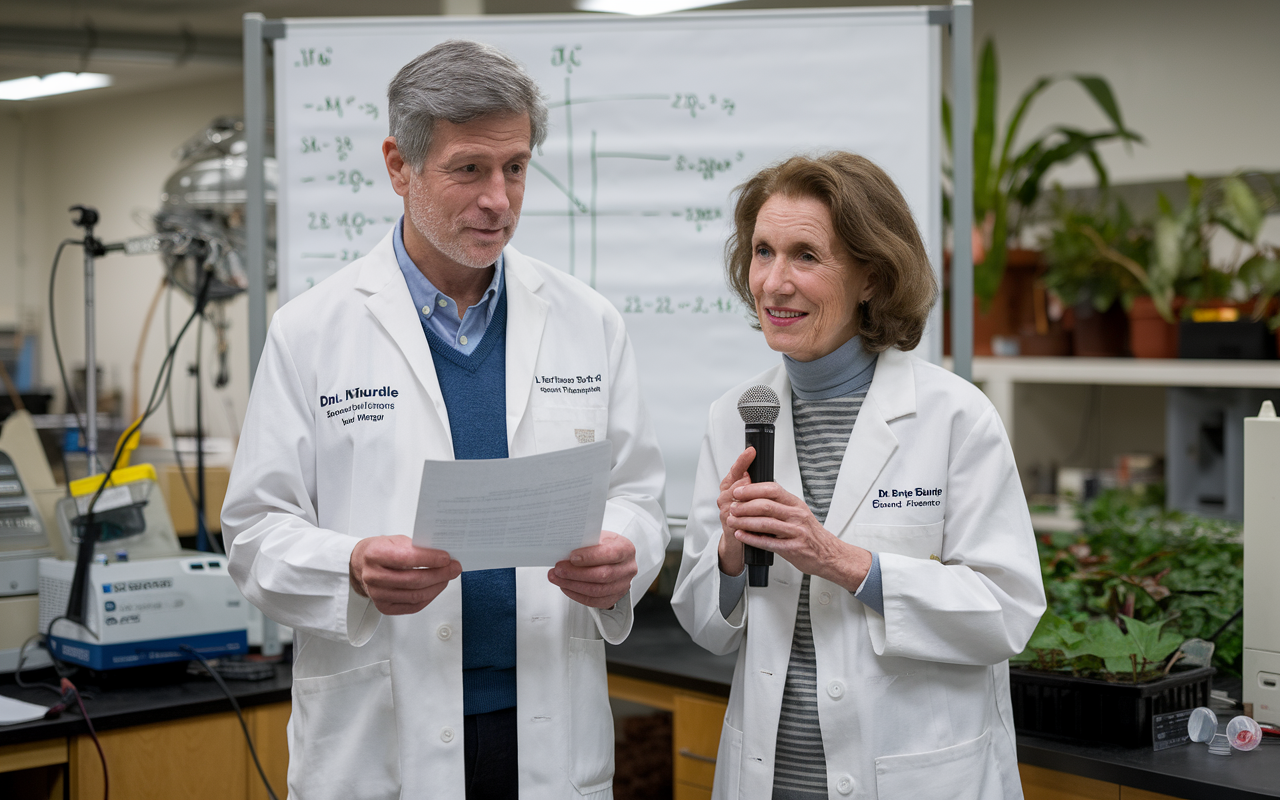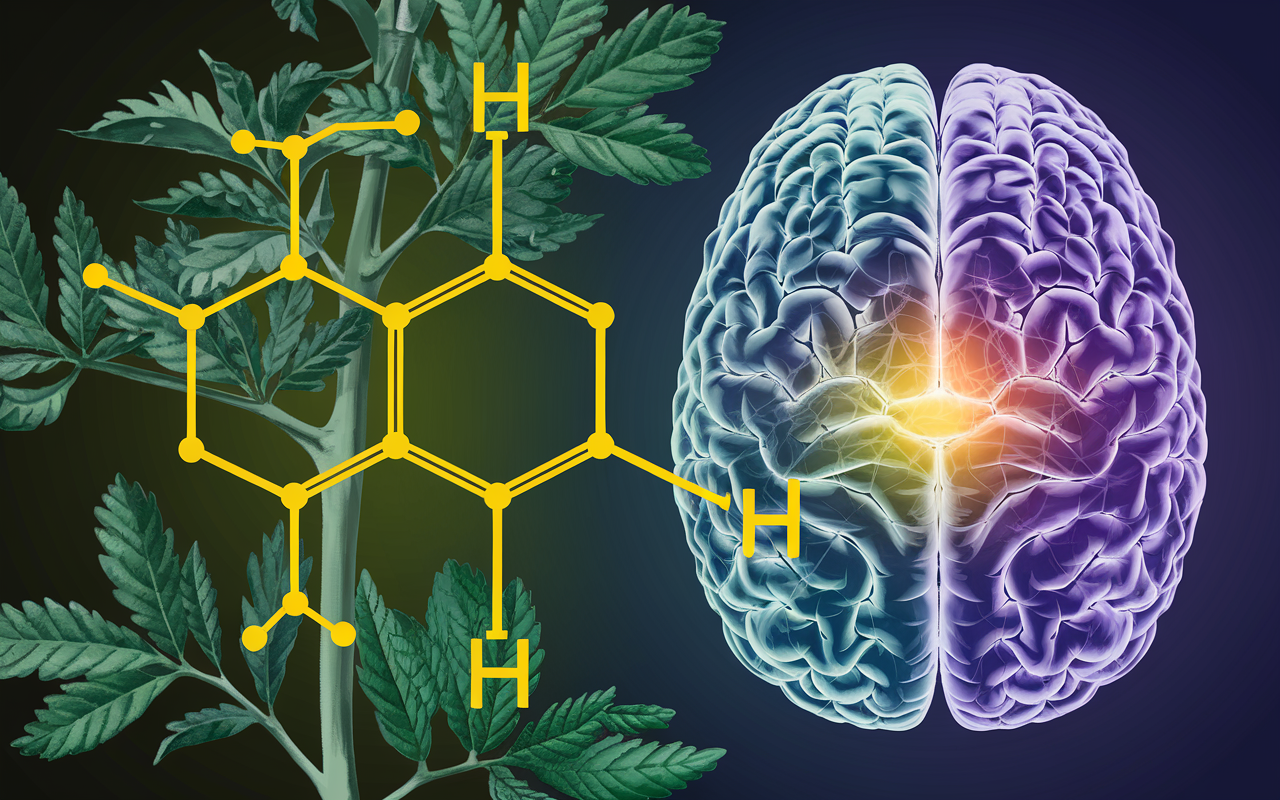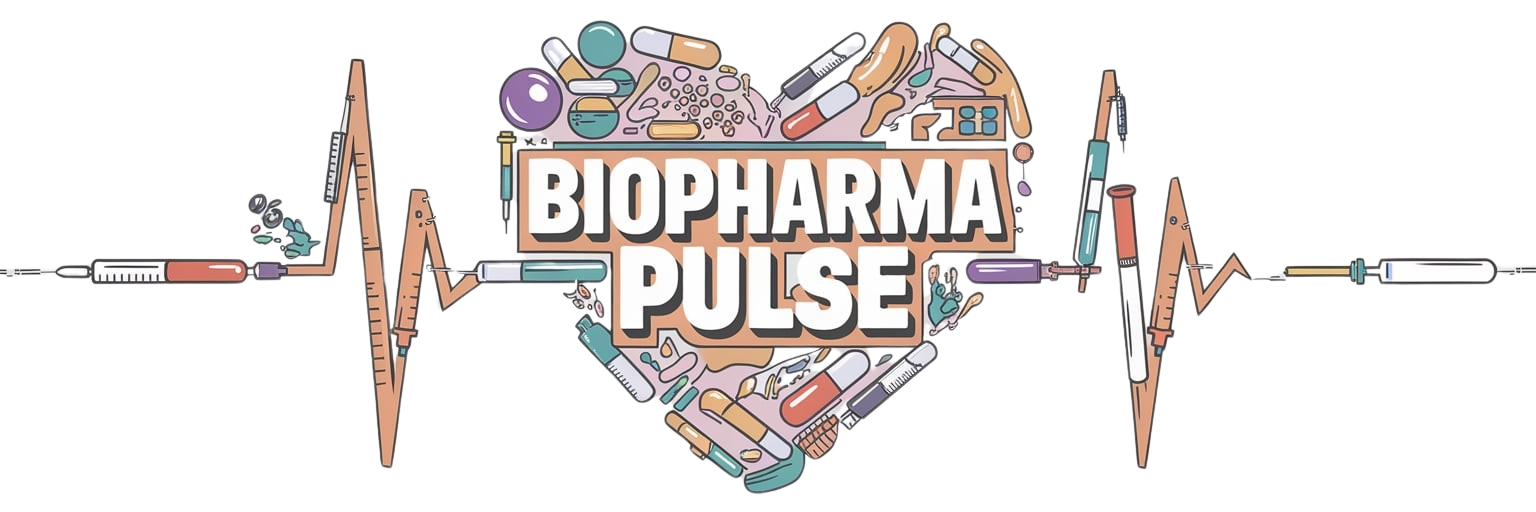Welcome Biopharma Enthusiasts
Welcome back to BioPharmaPulse! This week, we're diving into groundbreaking research that's pushing the boundaries of aging, neurodegenerative diseases, and the integration of AI in healthcare. Let's explore the innovations shaping the future of biopharma together.
What's in this issue:
- 🧬 Discover a groundbreaking biomarker that's changing our understanding of aging.
- 🌿 Explore how common herbs could inspire new treatments for Alzheimer's disease.
- 🤖 Learn about a new tool that's making AI models more relevant in healthcare.
- 🏥 See how digital innovations are transforming cancer care from hospital to home.
- 💊 Find out about the latest advancements in non-opioid pain treatments.
Quote of the Day
"The science of today is the technology of tomorrow." — Edward Teller
Latest Developments
🧬 Bayer and Hurdle announce breakthrough in aging research (1 minute read)

Rundown: Bayer, in collaboration with Hurdle, has unveiled a significant advancement in aging research with the development of InflammAge—a new, non-invasive saliva-based DNA methylation biomarker. InflammAge quantifies systemic chronic inflammation, offering a novel way to track inflammation-related epigenetic changes associated with aging.
Key Points
- 🔹 InflammAge is a saliva-based biomarker measuring systemic chronic inflammation (SCI).
- 🔹 Enables non-invasive tracking of aging-related epigenetic changes.
- 🔹 Aids in early detection and monitoring of age-associated diseases.
- 🔹 Represents a major step forward in personalized aging assessments.
Why it matters: Understanding and measuring inflammation at the epigenetic level provides a crucial window into the aging process. This breakthrough could pave the way for more personalized interventions to mitigate age-related health issues, ultimately enhancing longevity and quality of life.
🌿 Compound found in common herbs inspires potential anti-inflammatory drug for Alzheimer's disease (1 minute read)

Rundown: Researchers are exploring carnosic acid, a compound found in rosemary and sage, for its potential to treat Alzheimer's disease. Given the role of inflammation in cognitive decline, this naturally occurring substance shows promise as a basis for developing new anti-inflammatory drugs targeting neurodegenerative conditions.
Key Points
- 🌿 Carnosic acid is found in rosemary and sage.
- 🧠 Exhibits anti-inflammatory properties relevant to Alzheimer's disease.
- 🔬 Could help prevent or slow cognitive decline.
- 💊 Inspires new, safer treatments derived from natural sources.
Why it matters: Alzheimer's disease remains one of the most challenging neurodegenerative disorders to treat. Discovering potential therapies derived from common herbs opens new avenues for safer, more accessible treatments that could improve patients' quality of life.
🤖 New Stanford tool evaluates AI models on tasks that actually matter in health care (1 minute read)

Rundown: Stanford researchers have developed a new tool to better assess AI models in healthcare by evaluating them on real-world tasks that matter to clinicians. The aim is to move beyond traditional knowledge tests and ensure AI systems are truly effective and reliable in practical medical settings.
Key Points
- 🤖 Assesses AI models on clinical tasks relevant to healthcare providers.
- 🏥 Focuses on real-world applicability rather than theoretical knowledge.
- 🔬 Aims to improve the reliability and effectiveness of AI in medical settings.
- 📈 Enhances adoption of AI technologies by ensuring utility and trust.
Why it matters: As AI becomes increasingly integrated into healthcare, it's crucial that these models are evaluated on their actual performance in clinical scenarios. Tools like this ensure that AI developments align with the needs of both practitioners and patients, enhancing trust and efficacy.
Question of the Day
🧠 Which area do you believe holds the most promise for the future of biopharmaceutical innovation?
- 🧬 Epigenetic biomarkers for aging
- 🌿 Natural compounds for neurodegenerative diseases
- 🤖 AI integration in healthcare
Trending
💰 Latigo raises $150M to get non-opioid pain drugs through key tests
- Latigo Biotherapeutics secured $150 million to advance its pipeline of non-opioid pain treatments through clinical trials.
🏥 Careology and Entia join forces to transform cancer care
- Collaboration brings remote care to cancer patients, enabling at-home blood monitoring and digital symptom management.
🧪 Anocca announces authorisation pancreatic cancer trial
- Anocca receives regulatory approval for its first clinical trial targeting advanced pancreatic cancer with innovative T-cell therapies.
Industry Insight
🔎 The Role of Non-Invasive Biomarkers in Advancing Aging Research
Understanding the aging process is crucial for developing interventions that can improve longevity and health span. Non-invasive biomarkers, like the newly developed InflammAge, offer a window into the body's internal state without the need for invasive procedures.
By utilizing tools like saliva-based DNA methylation biomarkers, researchers can monitor systemic chronic inflammation—a key factor in many age-related diseases. This not only accelerates research but also paves the way for personalized healthcare strategies aimed at mitigating the effects of aging.
Embracing these innovative technologies could revolutionize how we approach age-associated conditions, leading to earlier detection, better prevention, and more effective treatments.
Quick Hits
🦠 Gut bacteria heal the colon (1 minute read)
- Scientists explore how restoring the balance of gut bacteria can heal the intestinal lining, offering new hope for treating conditions like ulcerative colitis.
🍷 Is red wine a healthier choice than white wine? Uncorking the cancer risks (1 minute read)
- Recent research challenges the common belief that red wine is healthier than white, examining the associated cancer risks.
🌿 Traditional Chinese medicine unlocks new potential in treating diseases through ferroptosis regulation (1 minute read)
- Innovative insights into ferroptosis are transforming disease treatment strategies, with TCM playing a key role in modulating this form of cell death.
🚀 How biotech and pharma teams are reaching LPI ahead of schedule (3 minutes read)
- Learn how customized enrollment strategies and data transparency are helping biotech and pharma companies accelerate clinical trials.
🧬 NGS is changing GxP compliance. Will you adapt? (2 minutes read)
- Next-generation sequencing is revolutionizing GxP compliance for biosafety, offering faster and more sensitive genetic sequencing methods.
Wrap Up
Thank you for joining us in this week’s exploration of biopharmaceutical innovations. The advances we’re witnessing today are setting the stage for a healthier tomorrow. I hope these insights have sparked your curiosity and enthusiasm for the future of our industry.
Stay tuned as we continue to navigate the pulse of biopharma together. If you found this newsletter valuable, please share it with friends and colleagues who share our passion.
Until next time,
Elliot Reeves | BioPharmaPulse
😊 How did you like today's email?
- 😀 Loved it
- 🙂 It was OK
- 😕 Could be better
